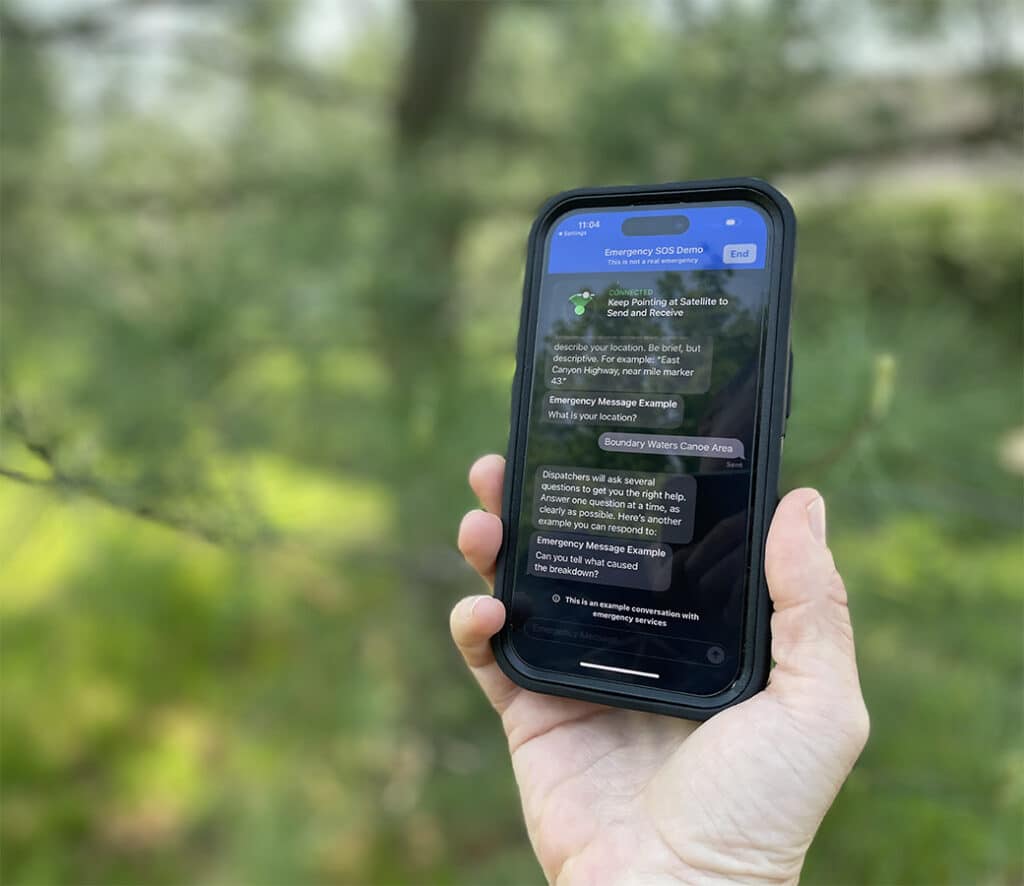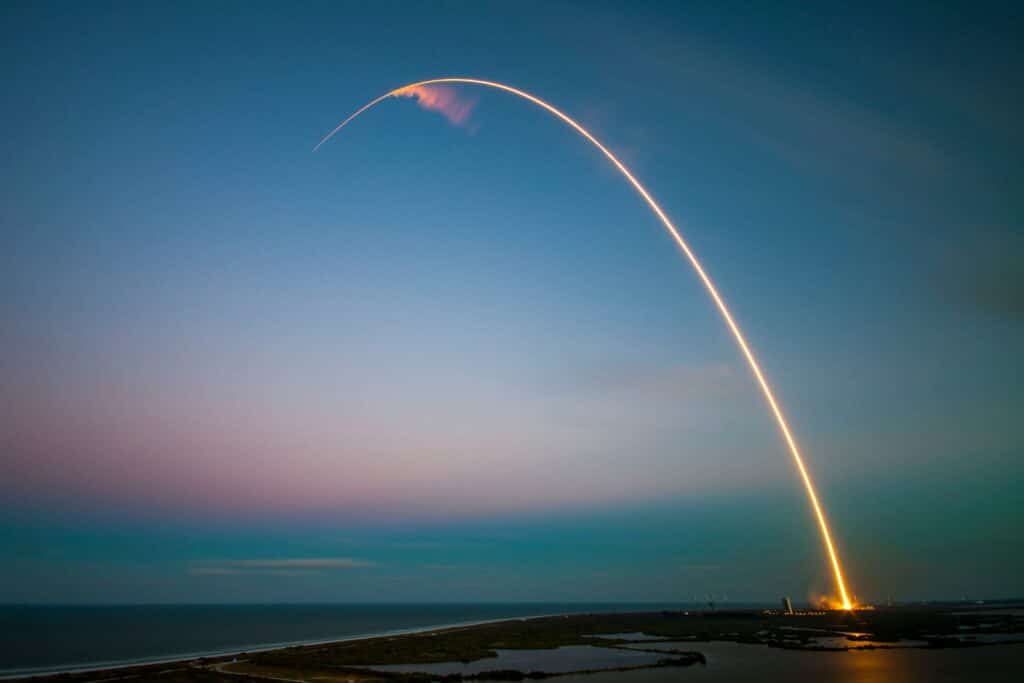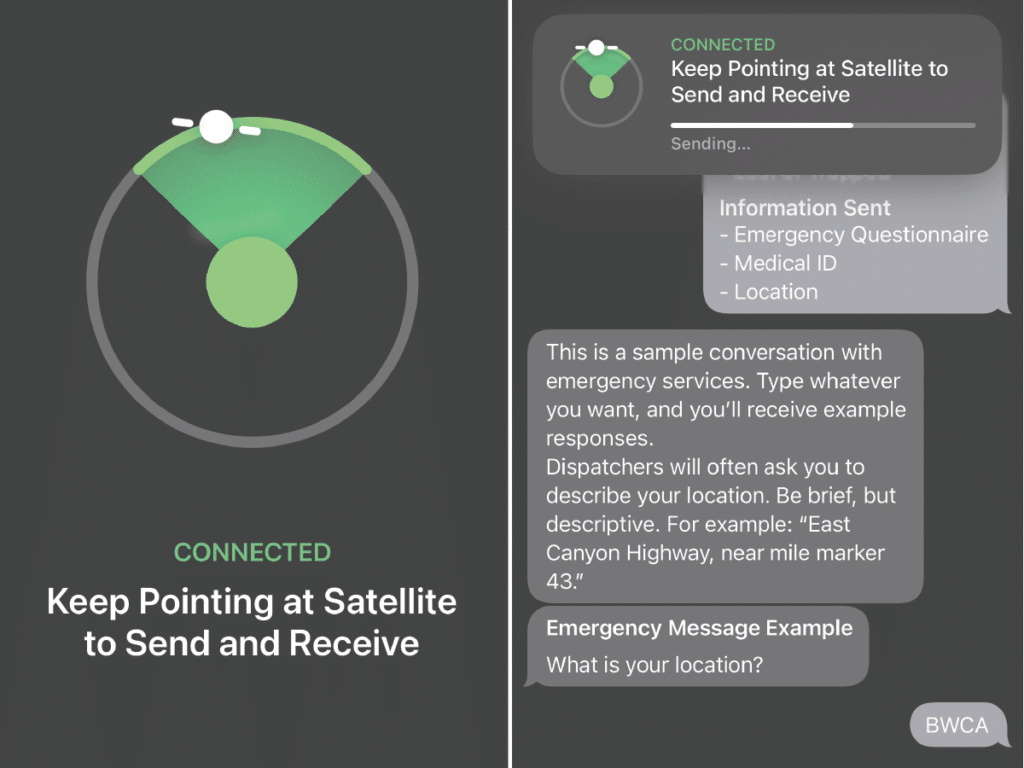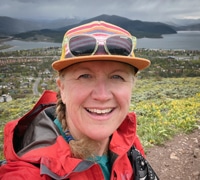
Full smartphone satellite coverage may be coming to the Boundary Waters Canoe Area Wilderness (BWCAW) sooner than you think. Early this year, SpaceX launched the first set of direct-to-cell phone satellites. The FCC granted the company temporary permission to connect phones in pockets of the US. However, the company expects it to become permanent and worldwide. This means that wilderness areas like the Boundary Waters Canoe Area (BWCA) could have coverage later this year. Users would no longer be “off the grid” and would have the same level of connectivity that they experience daily. Search and rescue responders expect to benefit from the service.
Help from above
With 5,000 satellites in orbit, this latest launch includes test satellites that could provide global service to phones in remote areas. Without cell coverage, smartphone users can connect to Starlink and use their devices in numerous ways.
“Through partnerships with providers…people will be able to connect with a cell phone, even in places that are typically out of range”, according to SpaceX on X (formerly Twitter). According to the network, cellular service would be smoothly integrated across carriers who partner with Starlink. The company notes that about 90% of the Earth lacks cell coverage, and for people in these “dead zones,” communication could be the difference between life and death.
For locations such as the BWCA, this implies that individuals with newer cell phones would no longer have to purchase, rent, or carry a satellite beacon. Features like emergency SOS, the weather, and other apps would be immediately available and accessible. Outdoor enthusiasts currently have limited coverage, depending on their location. There are around twelve cell towers near the border of the wilderness. Service extended up the Gunflint Trail in 2020.

SOS updated for newer smartphones
Newer smartphones allow users to send emergency SOS via satellite without cellular coverage. Companies began producing phones with satellite-enabled SOS a little over a year ago.
This functionality allows users in most parts of the world—including Northern Minnesota—to contact emergency services via text message. However, there are still some limitations.
SOS alerts are sent to a global service. They contact the local county sheriff who initiates emergency medical services (EMS), such as Search and Rescue. EMS receives location details such as (GPS coordinates), and when possible additional information. Access to information like weather forecasts or wildfire updates is limited unless individuals are equipped with a satellite communicator.
Lastly, all electronic devices consume battery power, so having options for recharging is essential.

Satellites benefit search and rescue
What does this mean for search and rescue response?
Pete Brautigam, Search and Rescue (SAR) technician with St. Louis County said he believes Starlink could reach northern Minnesota early next year. “It will cause significant changes in the way rescuers respond and they’re excited about it.” Smartphone users will be able to contact SAR via text and eventually, voice messaging. With this upgrade, responders will be able to get detailed information about incidents and react accordingly. At present, he noted, “SAR receives GPS coordinates with little else to go on.”
Satellites may provide full coverage by 2025, giving users advantages such as voice data, and IOT (Internet of Things)—the network of connected devices. Wilderness trippers may have text messaging coverage as soon as the end of the year.
More information:
- First launch of Starlink Direct-to-Phone satellites – X (formerly Twitter)
- FCC OET Approval
- Starlink direct to cell – Starlink
- Elon Musk’s Starlink Launches First-Ever Cell Service Satellites—Here’s What To Know And What Mobile Phone Carrier Gets It First – Forbes

Wilderness guide and outdoorswoman Pam Wright has been exploring wild places since her youth. Remaining curious, she has navigated remote lakes in Canada by canoe, backpacked some of the highest mountains in the Sierra Nevada, and completed a thru-hike of the Superior Hiking Trail. Her professional roles include working as a wilderness guide in northern Minnesota and providing online education for outdoor enthusiasts.

